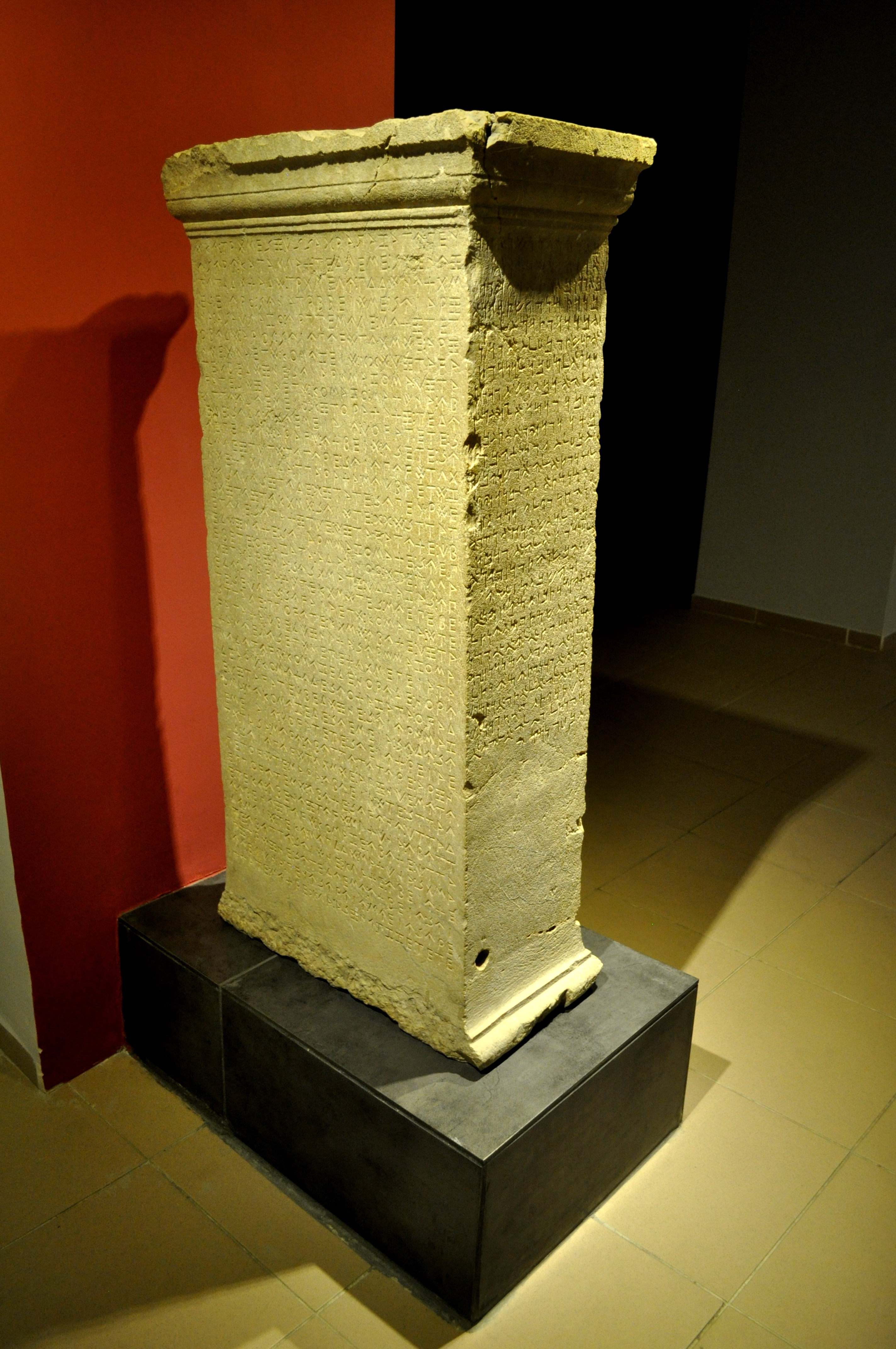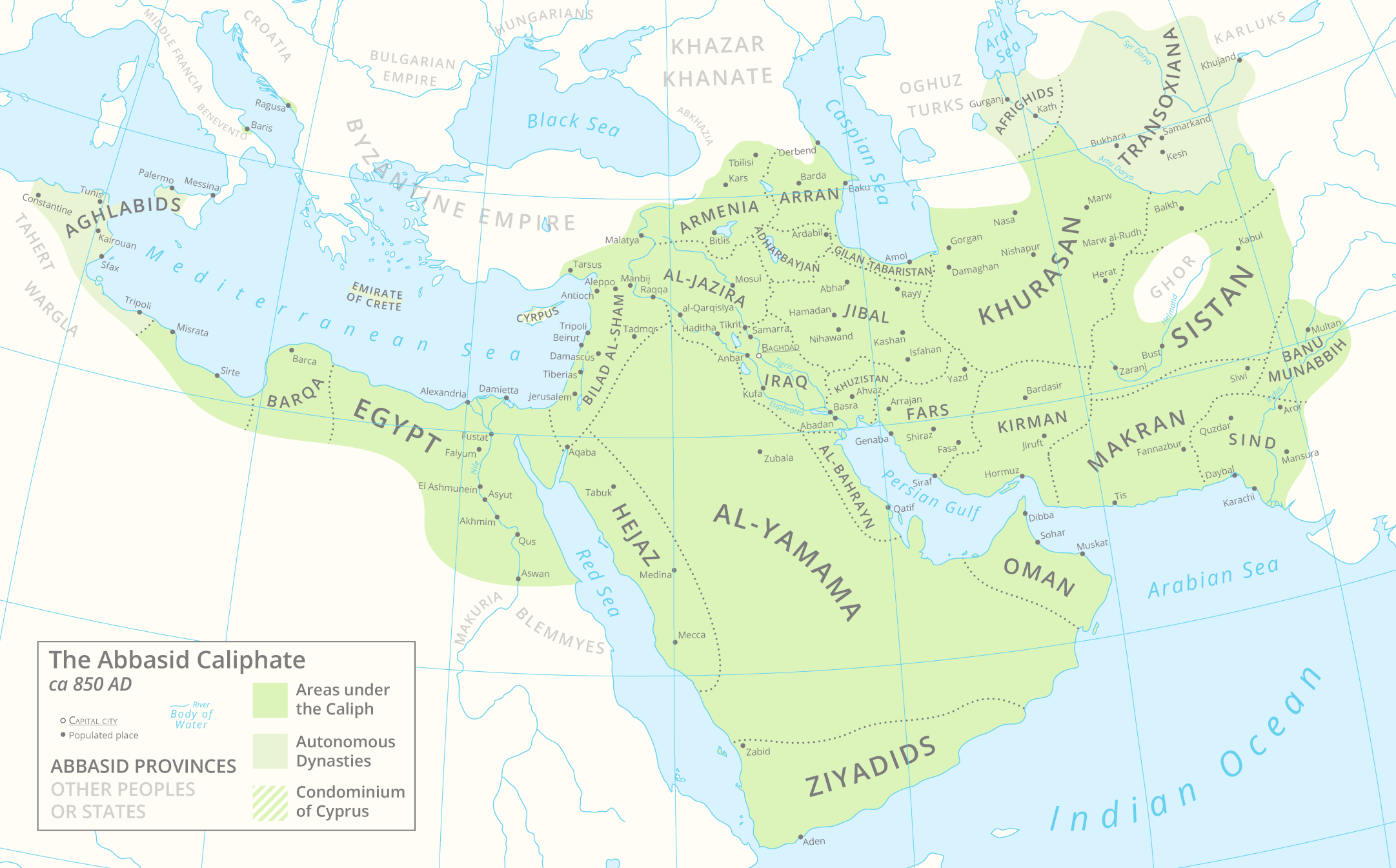|
A'zaz
Azaz ( ar, أَعْزَاز, ʾAʿzāz) is a city in northwest Syria, roughly north-northwest of Aleppo. According to the Syria Central Bureau of Statistics (CBS), Azaz had a population of 31,623 in the 2004 census.General Census of Population and Housing 2004 . Syria Central Bureau of Statistics (CBS). Aleppo Governorate. , its inhabitants were almost entirely Sunni Muslims, mostly but also some |
Aleppo Governorate
Aleppo Governorate ( ar, محافظة حلب / ALA-LC: ''Muḥāfaẓat Ḥalab'' / ) is one of the fourteen governorates of Syria. It is the most populous governorate in Syria with a population of more than 4,867,000 (2011 Est.), almost 23% of the total population of Syria. The governorate is the fifth in area with an area of , or 18,498 sq. km, about 10% of the total area of Syria. The capital is the city of Aleppo. History Ancient In Classical Antiquity, the region was made up of three regions: Chalybonitis (with its centre at Chalybon or Aleppo), Chalcidice (with its center at Qinnasrīn العيس), and Cyrrhestica (with its center at Cyrrhus النبي حوري). This was the most fertile and populated region in Syria. Under the Romans the region was made in 193 CE part of the province of Coele Syria or Magna Syria, which was ruled from Antioch. The province of Euphratensis was established in the 4th century CE in the east, its centre was Hierapolis Bambyce (Manbij). Under th ... [...More Info...] [...Related Items...] OR: [Wikipedia] [Google] [Baidu] |
Azaz Nahiyah
Azaz ( ar, أَعْزَاز, ʾAʿzāz) is a city in northwest Syria, roughly north-northwest of Aleppo. According to the Syria Central Bureau of Statistics (CBS), Azaz had a population of 31,623 in the 2004 census.General Census of Population and Housing 2004 . Syria Central Bureau of Statistics (CBS). Aleppo Governorate. , its inhabitants were almost entirely s, mostly but also some [...More Info...] [...Related Items...] OR: [Wikipedia] [Google] [Baidu] |
A'zaz District
Azaz District ( ar, منطقة أعزاز, manṭiqat A'zāz) is a district of Aleppo Governorate in northern Syria. The administrative centre is the city of Azaz. At the 2004 census, the district had a population of 251,769. The district lies between Afrin District to the west, Mount Simeon District to the south and al-Bab District to the east. To the north is the Kilis Province Kilis Province ( tr, Kilis ili) is a province in southern Turkey, on the border with Syria. It used to be the southern part of the province of Gaziantep and was formed in 1994. The town of Kilis is home to around 67% of the inhabitants of the p ... of Turkey. Subdistricts References Districts of Aleppo Governorate {{AleppoSY-geo-stub ... [...More Info...] [...Related Items...] OR: [Wikipedia] [Google] [Baidu] |
Syria–Turkey Border
The border between the Syrian Arab Republic and the Republic of Turkey ( ar, الحدود السورية التركية, translit=alhudud alsuwriat alturkia; tr, Suriye–Türkiye sınırı) is about long, and runs from the Mediterranean Sea in the west to the tripoint with Iraq in the east. It runs across Upper Mesopotamia for some , crossing the Euphrates and reaching as far as the Tigris. Much of the border follows the Southern Turkish stretch of the Baghdad Railway, roughly along the 37th parallel between the 37th and 42nd eastern meridians. In the west, it almost surrounds the Turkish Hatay Province, partly following the course of the Orontes River and reaching the Mediterranean coast at the foot of Jebel Aqra. Description Since Turkey's 1939 appropriation of the Hatay State, the Syrian–Turkish border now touches the Mediterranean coast at Ras al-Bassit, south of Mount Aqra (). Hatay province borders the Syrian Latakia and Idlib governorates. The westernmost (and ... [...More Info...] [...Related Items...] OR: [Wikipedia] [Google] [Baidu] |
Öncüpınar
Öncüpınar, also called Tipil or Tibil and historically known as Tubbal, is a village in Kilis Province, Turkey, on the border with Syria. It lies south of the city of Kilis, and north of the Syrian town of Azaz. Öncüpınar's postal code is 79000. The closest major cities in Turkey include Gaziantep, Osmaniye and Kahramanmaraş. Aleppo, Syria is also close. A border gate with the same name (Öncüpınar Border Gate, or ''Öncüpınar Hudut Kapısı'' in Turkish) opens to Syria here, and the Kilis Öncüpınar Accommodation Facility, a camp for refugees fleeing the Syrian Civil War is at this village. History Tibil has been at least tentatively identified by a number of modern scholars as the site of the Syro–Hittite city of Muru in Bit Agusi. During the 11th century, it was a fortified place known as Tubbal. It served as the camp of the. Byzantine emperor Romanos III during the Battle of Azaz against the Mirdasids of Aleppo )), is an adjective which means "white- ... [...More Info...] [...Related Items...] OR: [Wikipedia] [Google] [Baidu] |
Kilis
Kilis is a city in south-central Turkey, near the Syria–Turkey border, border with Syria, and the administrative centre of Kilis Province. History Although there aren't any definite information related to its foundation, today's Kilis mainly developed and became urbanized during the Ottoman Empire, Ottoman period. However, traces of important cities found in the near surroundings of Kilis and the historical documents prove that important centres were always present here in every period. In the tablets belonging to the Assyrian period, the name 'Ki-li-zi' is written in cuneiform and a city named as "Ciliza Sive Urnagiganti" during the Roman Empire period is mentioned. In addition to centers such as Kirus antique city, Oylum Höyük, Ravendel, Ravanda Castle, Ilezi and Tarzime Han, many other residential areas starting from the Neolithic period have also been discovered in the surrounding of Kilis as a result of archaeological surface explorations. Hittite, Greek, Persian, Rom ... [...More Info...] [...Related Items...] OR: [Wikipedia] [Google] [Baidu] |
Hurrian
The Hurrians (; cuneiform: ; transliteration: ''Ḫu-ur-ri''; also called Hari, Khurrites, Hourri, Churri, Hurri or Hurriter) were a people of the Bronze Age Near East. They spoke a Hurrian language and lived in Anatolia, Syria and Northern Mesopotamia. The largest and most influential Hurrian nation was the kingdom of Mitanni, its ruling class perhaps being Indo-Aryan speakers. The population of the Hittite Empire in Anatolia included a large population of Hurrians, and there is significant Hurrian influence in Hittite mythology. By the Early Iron Age, the Hurrians had been assimilated with other peoples. The state of Urartu later covered some of the same area. Language The Hurrian language is closely related to the Urartian language, the language of the ancient kingdom of Urartu. Together they form the Hurro-Urartian language family. The external connections of the Hurro-Urartian languages are disputed. There exist various proposals for a genetic relationship to ot ... [...More Info...] [...Related Items...] OR: [Wikipedia] [Google] [Baidu] |
Medieval Greek Language
Medieval Greek (also known as Middle Greek, Byzantine Greek, or Romaic) is the stage of the Greek language between the end of classical antiquity in the 5th–6th centuries and the end of the Middle Ages, conventionally dated to the Ottoman conquest of Constantinople in 1453. From the 7th century onwards, Greek was the only language of administration and government in the Byzantine Empire. This stage of language is thus described as Byzantine Greek. The study of the Medieval Greek language and literature is a branch of Byzantine studies, the study of the history and culture of the Byzantine Empire. The beginning of Medieval Greek is occasionally dated back to as early as the 4th century, either to 330 AD, when the political centre of the Roman Empire was moved to Constantinople, or to 395 AD, the division of the empire. However, this approach is rather arbitrary as it is more an assumption of political, as opposed to cultural and linguistic, developments. Indeed, by this time ... [...More Info...] [...Related Items...] OR: [Wikipedia] [Google] [Baidu] |
Old Aramaic Language
Old Aramaic refers to the earliest stage of the Aramaic language, known from the Aramaic inscriptions discovered since the 19th century. Emerging as the language of the city-states of the Arameans in the Levant in the Early Iron Age, Old Aramaic was adopted as a ''lingua franca'', and in this role was inherited for official use by the Achaemenid Empire during classical antiquity. After the fall of the Achaemenid Empire, local vernaculars became increasingly prominent, fanning the divergence of an Aramaic dialect continuum and the development of differing written standards. The language is considered to have given way to Middle Aramaic by the 3rd century (a conventional date is the rise of the Sasanian Empire in 224 AD). Ancient Aramaic "Ancient Aramaic" refers to the earliest known period of the language, from its origin until it becomes the ''lingua franca'' of the Fertile Crescent and Bahrain. It was the language of the Aramaean city-states of Damascus, Hamath and Arpad. Dist ... [...More Info...] [...Related Items...] OR: [Wikipedia] [Google] [Baidu] |
Governorates Of Syria
Syria is a unitary state, but for administrative purposes, it is divided into fourteen governorates, also called provinces or counties in English (Arabic ''muḥāfaẓāt'', singular '' muḥāfaẓah''). The governorates are divided into sixty-five districts (''manāṭiq'', singular '' minṭaqah''), which are further divided into subdistricts (''nawāḥī'', singular '' nāḥiyah''). The ''nawāḥī'' contain villages, which are the smallest administrative units. Each governorate is headed by a governor, appointed by the president, subject to cabinet approval. The governor is responsible for administration, health, social services, education, tourism, public works, transportation, domestic trade, agriculture, industry, civil defense, and maintenance of law and order in the governorate. The minister of local administration works closely with each governor to coordinate and supervise local development projects. The governor is assisted by a provincial council, all of who ... [...More Info...] [...Related Items...] OR: [Wikipedia] [Google] [Baidu] |
Seljuk Turks
The Seljuk dynasty, or Seljukids ( ; fa, سلجوقیان ''Saljuqian'', alternatively spelled as Seljuqs or Saljuqs), also known as Seljuk Turks, Seljuk Turkomans "The defeat in August 1071 of the Byzantine emperor Romanos Diogenes by the Turkomans at the battle of Malazgirt (Manzikert) is taken as a turning point in the history of Anatolia and the Byzantine Empire. or the Saljuqids, was an Oghuz Turkic, Sunni Muslim dynasty that gradually became Persianate and contributed to the Turco-Persian tradition in the medieval Middle East and Central Asia. The Seljuks established the Seljuk Empire (1037-1194), the Sultanate of Kermân (1041-1186) and the Sultanate of Rum (1074-1308), which at their heights stretched from Iran to Anatolia, and were the prime targets of the First Crusade. Early history The Seljuks originated from the Kinik branch of the Oghuz Turks, who in the 8th century lived on the periphery of the Muslim world, north of the Caspian Sea and Aral Sea in their Ogh ... [...More Info...] [...Related Items...] OR: [Wikipedia] [Google] [Baidu] |
Ishaq Al-Mawsili
Ishaq al-Mawsili ( ar, إسحاق الموصلي; 767/772 – March 850) was an Arab musician of Persian origin active as a composer, singer, music theorist and writer on music. The leading musician of his time in the Abbasid Caliphate, he served under six successive Abbasid caliphs: Harun al-Rashid, Al-Amin, Al-Ma'mun, Al-Mu'tasim, Al-Wathiq and Al-Mutawakkil. The caliphs and Abbasid court held him in high regard, and his diverse intellect elevated him to a social status that was highly unusual for musicians of the time. Taught by his similarly renowned father Ibrahim al-Mawsili and the noted lutenist Zalzal, he succeeded his father in leading the conservative musical establishment, putting him at odds with progressive musicians such as Ibrahim ibn al-Mahdi and Ziryab. He has appeared in the ''Maqamat'' of Al-Hariri of Basra and ''One Thousand and One Nights''. Life and career Early life Modern sources vary on the exact location and birthdate of Ishaq al-Mawsili. The arabist Ev ... [...More Info...] [...Related Items...] OR: [Wikipedia] [Google] [Baidu] |









